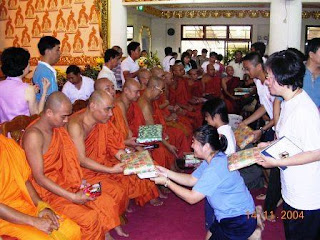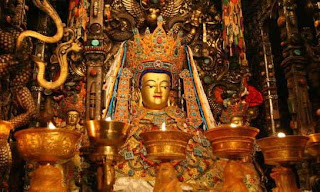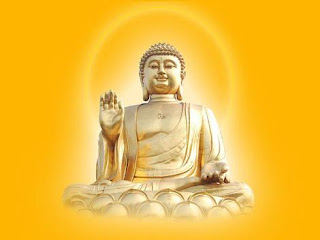Happiness follows the doer of good

While residing at the Jetavana Monastery in Savatthi, the Buddha spoke this verse, with reference to Mattakundali, a young Brahmin. Mattakundali was a young Brahmin, whose father, Adinnapubbaka was very misery and never gave anything in charity. Even the gold ornaments for his only son were made by himself to save payment for the workmanship. When his son fell ill one day, no physician was consulted, until it was too late. When he realized that his son was dying, he had the youth carried outside on the veranda, so that people coming into his house would not see his possessions. On that morning, the Buddha arising from his deep meditation of compassion, saw in his Net of knowledge, Mattakundali lying on the veranda. So when entering Savatthi for alms-food with his disciples, the Buddha stood near the door of the Brahmin Adinnapubbaka. The Buddha send forth a ray of light to attact attention of the youth, who was facing the interior of the house. The young man saw the Buddha and he was v









